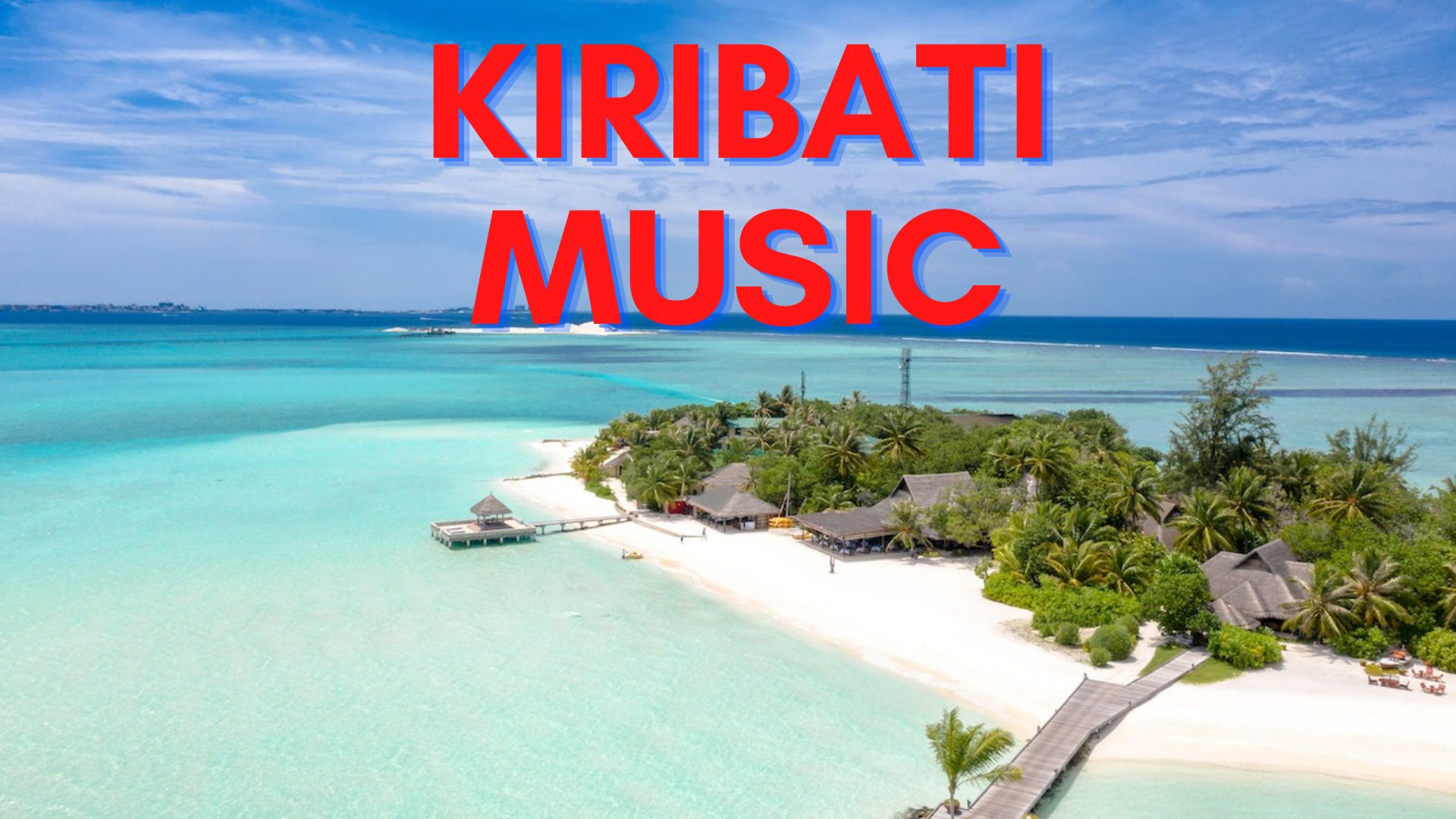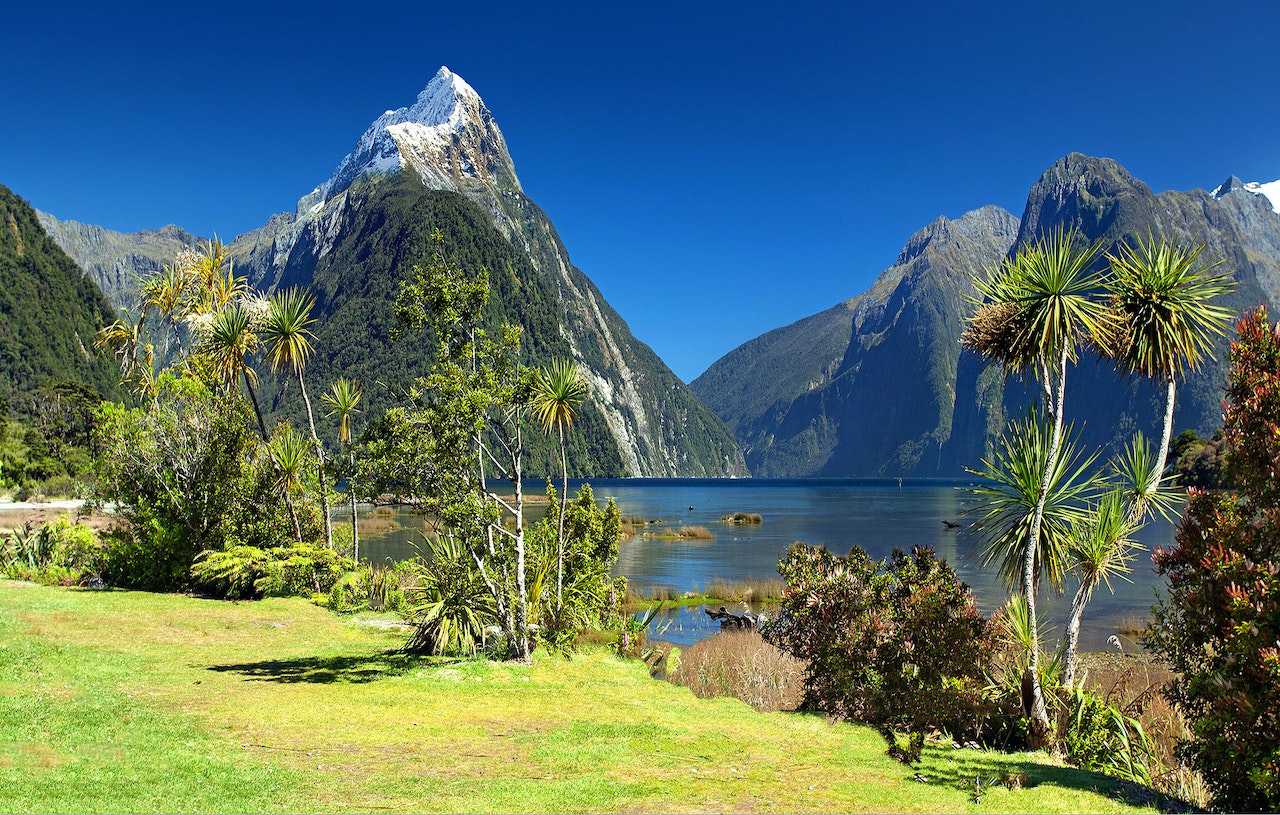Kiribati Music - Less Influenced By Western Culture
Since Europeans did not arrive in Kiribati until 1892, Kiribati music is less influenced by Western culture than the music of most other Pacific island nations. Kiribati's national anthem is "Kunan Kiribati" by I.T. Uriam. It was chosen when the country got its independence in 1979. Typically, chanting or other types of vocalization are accompanied by body percussion in Kiribati traditional music.
Author:Jane RestureSep 29, 2022220 Shares219.9K Views

Since Europeans did not arrive in Kiribati until 1892, Kiribati musicis less influenced by Western culture than the music of most other Pacific island nations. Kiribati's national anthem is "Kunan Kiribati" by I.T. Uriam. It was chosen when the country got its independence in 1979.
Typically, chanting or other types of vocalization are accompanied by body percussion in Kiribati traditional music. In public performances in contemporary Kiribati, a seated choir accompanied by a guitar is the norm.
Nonetheless, a wooden box is utilized as a percussion instrument during formal performances of the standing dance (Te Kaimatoa) and the hip dance (Te Buki). This box is designed to produce a hollow, rebounding sound when struck simultaneously by a group of guys seated nearby.
Traditional songs are frequently about love, but there are also songs about competition, religion, children, patriotism, war, and weddings. In addition, there are stick dances, which accompany myths and semi-historical tales. These tires (pronounced seerere) dances are only done at important festivals.
In 1963, Gerd Koch videotaped traditional dances and songs of the ruoia series on Tabiteuea: the kawawa, the opening song, and dance; the kamei, with a dance leader, the wan Tarawaand the kabuakaka; and a bino song and dance with accompanying arm gestures. Koch also videotaped traditional Onotoa and Nonouti music and dances.
Kiribati Folk Song Composition
Composers of its traditional music are known as te kainikamaen. It is thought that these composers obtain their songs from myth or magic and that this talent is passed down from father to son.
After this, a group known as rurubene sings the song to the composer before it is made public and sung by anybody; at this time, the song is considered blessed (mamiraki).
Composers can sometimes compose songs based on a tale provided to them by a client. The composer will next perform and teach the rurubene the song, making any necessary adjustments. Occasionally, composers produce songs of their own accord.
As a result of civilization and the introduction of western music, not all music in Kiribati is composed by people known as te kainikamaen. Rather, almost anyone can compose and sing a song, but it must be based on a poem and not on myth or magic, or there may be curses according to Kiribati beliefs. The curses include hair loss and quick death.
Upcoming Music Events In Kiribati
The majority of upcoming music events in Kiribati are scheduled throughout the year, with some concerts being public and others being private. On Event Always, you give comprehensive information about local events.
You have comprehensive information about the ongoing events, including their time, duration, location, category, edition, participants, and organizers, which will allow you to make informed decisions. You may also browse and submit reviews and comments on the event.
Find the evaluations of events provided by attendees and exhibitors who attended the event. There will be a variety of virtual and actual events available on the website. There are several categories for events, including agriculture & forestry, animals & pets, clothes & textiles, arts & crafts, charity & causes, and many more. With several options for event categories, it will be easier for visitors to locate the events of their choosing.
Rand Show
The Rand Event is the largest consumer show in South Africa. From high-quality family entertainment to lifestyle displays, shopping, and great deals, this event has it all.
Didac CHINA
International Education Supplies and Equipment fair presentation. STEAM, Music & Sports, E-Learning, Smart Products & Equipment for Preschool, School & University, Training & Qualification, Summer Camp & International Program, and Franchise
The International Book Fair In Belgrade
Domestic and International Book Production; Copyright Purchasing and Sale; Records; Audio and Video Media; Art Reproductions; Exhibition; and Sale.
Kiribati Music And Traditional Dance
In public performances in Kiribati, a seated chorus is typically accompanied by a guitar. But a wooden box and a salimbaa are used as percussion instruments during official performances of the standing dance (Te Kaimatoa) or the hip dance (Te Buki).
The Kiribati people believed in te angin te mwaie, a supernatural "power of the dance." This is shown by taking deep breaths, speaking loudly, shaking, making aggressive movements, dancing faster or singing louder, and moving with more force.
Musicians Of Kiribati Music
Although there is a substantial amount of material on traditional music, there is not nearly as much about modern performers from Kiribati. One musician is Bata Teinamati. Many consider him a pivotal person in the development of Kiribati's music and the promotion of traditional music education.
- Elijah L
- Anatomy of the Heads
- Nonesuch Explorer Series: South Pacific
- Pacific Soul
- Atadxs a Nada
- Urium Tamuera Ioteba
- DJ Zinox
- Tim Sameke
People Also Ask
What Is The Role Of Music In Kiribati?
Singing and dance are integral to the culture and celebrations of Kiribati and have been utilized by several organizations as a source of amusement, information dissemination, and advocacy.
What Are The Sitting Dances Of Kiribati Called?
The most popular dance in modern Kiribati is the Kaimatoa, which translates to "dance of power."
What Does The Kiribati Flag Represent?
The waves of blue and white on the flag of Kiribati, which was made official in 1979, look like the ocean that surrounds the island nation.
Conclusion
A piece of Heartbreaking music! Despite the lack of orchestral accompaniment, Kiribati music and dances are highly vivid and thrilling. In addition, they exhibit elegance and reverence for magic and ritual.

Jane Resture
Author
Since she embarked on her first world trip in 2002, Jane Resture spent the past decades sharing her personal journey and travel tips with people around the world. She has traveled to over 80 countries and territories, where she experienced other cultures, wildlife she had only read about in books, new foods, new people, and new amazing experiences.
Jane believes that travel is for everyone and it helps us learn about ourselves and the world around us. Her goal is to help more people from more backgrounds experience the joy of exploration because she trusts that travel opens the door to the greatest, most unforgettable experiences life can offer and this builds a kinder, more inclusive, more open-minded world.
Latest Articles
Popular Articles
